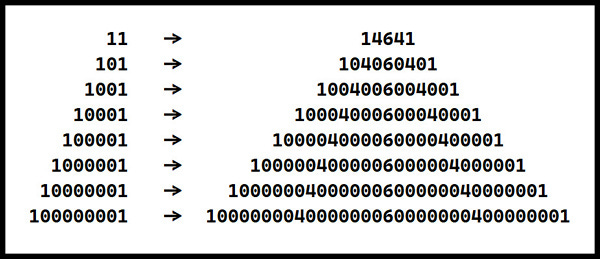What do you call a linguist with a PhD in palindromes? Dr. Awkward.
If, like much of the world, you write your dates as day, month then year, then today is palindromic (assuming you add an extra zero in to the mix).
12022021
When you read the date left to right, or right to left, it is identical.
Palindromes are numbers, words or phrases that read the same backwards and forwards, letter for letter, number for number, or word for word. They can be a lot of fun.
Palindrome. Noun. From Greek palindromos, running back again, from pálin, back again and drómos, running.
The English writer Ben Jonson coined the word in the 17th century. However, palindromes have a much older history. In 276BC the Greek poet, Sotades wrote palindrome about the Egyptian King, Ptolemy II, that was not well received. Imprisoned, escaped, recaptured, and finally locked in a leaden box, Sotades set sail to sea. He sank. Scholars are doubting whether Sotades verses are indeed palindromic (shouldn’t be difficult to find out, methinks), so the Latin phrase discovered in 79AD "Sator Arepo Tenet Opera Rotas" is the oldest recorded palindrome. This became known as the Sator (or Rotas) Square.
Though originating in words (or Egyptian hieroglyphs), there are infinitely more palindromic numbers to play with. I’ll not dwell on them as we could be here a long, long time. One series of interest:
Fourth powers1 of a palindrome series of numbers gives more palindromes.
Does it continue forever? The University of Surrey has an interactive page on palindromic numbers so perhaps you can find out.
Luckily, there are fewer palindromic words. Plenty of single word examples in the following sentences:
Mmm, where to begin?
We lost the kayak on the radar2.
Hah, hah, hah. That gag was lol.
If you don't know your araara from your ataata, get a bird book.
A single pull-up will make you redder. It’s good for the rotator cuff, though.
Did you know keek is a Scots word for peep!
At noon, we toot then re-paper the tallat.
How does one eke the pip out of an eye?
That bub is a real tot. Best get a bib on him ere I gag.
That rotor gave me a tirrit. It’s a dud.
That collar for the pup needs a terret.
Aha, Bob, it’s ewe and not eve.
The mallam will explain the tenet.
Put all the tut, tat and pap in the box of junk.
What is the oppo of poop?
The stats are kak.
It’s my civic duty to use a rotavator and level the soil.
Yay, yey, heh! Huh?
The ancient sagas note the reviver did the deed.
Cooking naan on the aga.
Let’s ask nan, is it mom or mum, pop or dad?
At the gig there was an Abba tribute band.
Is it mam or madam?
The kook deified the goog.
Wow, so many palindromes!
Zzz…

Easier to use single word palindromes in sentences, but there are full palindromic sentences out there, for example:
Do geese see God?
Never odd or even.
A man, a plan, a canal: Panama.
Amore, Roma.
Taco cat.
Madam, I’m Adam.
UFO Tofu!
Was it a cat or a car I saw?
Another form of palindromic word play is symmetric word sentences. For example:
King, are you glad you are king?
I did, did I?
For these palindromes you read the individual words in the usual left-to-right manner but reverse the reading of the sentence. As with much of this word play, we are granted flexibility for punctuation and capitalisation. This would seem to be the easiest way to generate something palindromic. Ensuring the sentence makes sense is perhaps a little more tricky.
The title of this post is a palindrome. Of interest is that each individual word is a palindrome of sorts. Instead of the reverse of the word being the same, the reverse of these words forms another word. You should have noticed the same happening with the Sator Square.
Other countries have fun with palindromes. The Japanese word for palindrome is kaibun (回文). Kaibun is based on kana and ga is equivalent to ka. The following sentence is a kaibun:
かるいきびんなこねこなんびきいるか
(How many light clever cats are there?)
Early in my time spent living in Tokyo, even with my poor Japanese, I noticed the kanji for the Nishi Kasai district was palindromic:
西葛西
Nishikasai
Other kanji-only palindromes include:
絵里絵
A painting of Eri日曜日
Sunday一対一
One-on-one
My Japanese readers may like to teach me a few more, and readers with other languages under their belts. I’m sure there are many other palindromes in many other languages. Let me have some below, please. I’ll leave you with the longest known palindromic word: saippuakivikauppias (19 letters), which is Finnish for a dealer in caustic soda.
Finally, if you have an irrational fear of palindromes, then you have a phobia to resort to: aibohphobia. Notice anything interesting about that word?
i.e. 2⁴ = 2 x 2 x 2 x 2 = 16. So the 4th power of 2 is 16.




